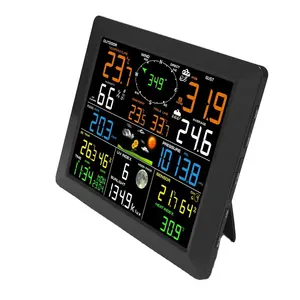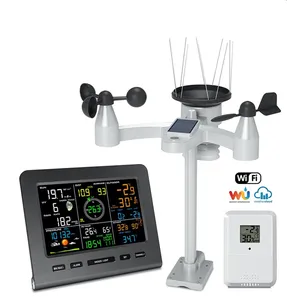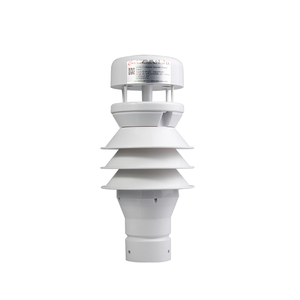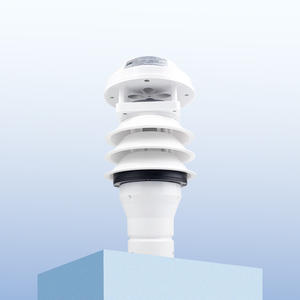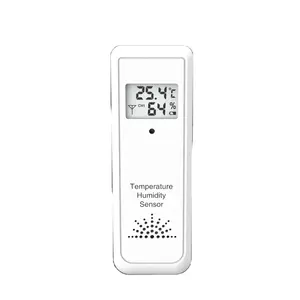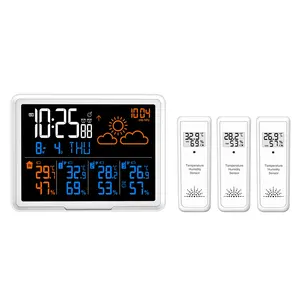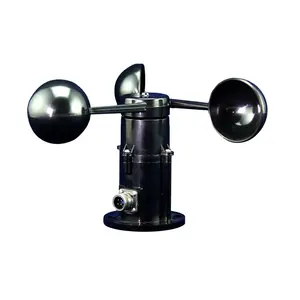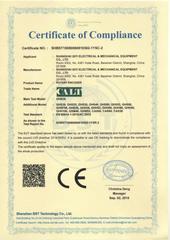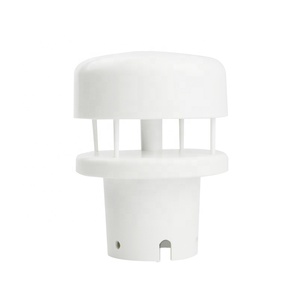Weather Sensor Distributor






















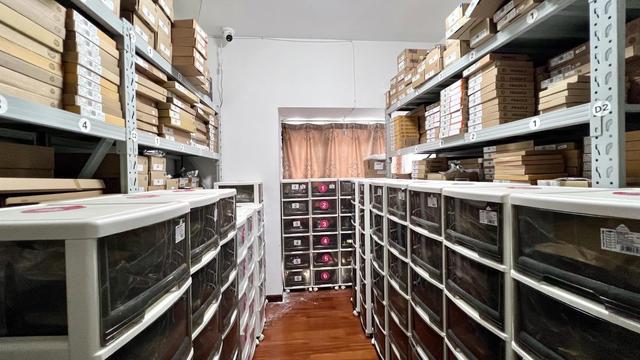


































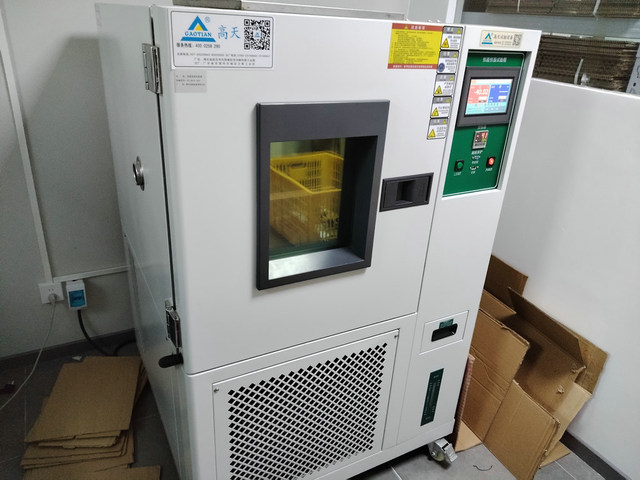













About weather sensor distributor
Where to Find Weather Sensor Distributors?
China remains a central hub for weather sensor manufacturing and distribution, with key suppliers concentrated in Shenzhen, Fuzhou, and Beijing. These regions host integrated electronics ecosystems that support rapid prototyping, scalable production, and global export logistics. Shenzhen, in particular, benefits from its status as a national innovation center for IoT and environmental monitoring technologies, enabling seamless access to component suppliers, firmware developers, and wireless communication modules.
The industrial clusters offer vertical integration across R&D, PCB assembly, calibration, and packaging—reducing time-to-market by up to 40% compared to fragmented supply chains. Suppliers in this sector typically operate automated SMT lines and environmental testing chambers to ensure performance under extreme conditions. Buyers gain access to flexible production models capable of fulfilling both low-volume sampling (1-piece MOQ) and high-volume OEM contracts (MOQs exceeding 1,000 units), with average lead times ranging from 7–25 days depending on customization level.
How to Choose Weather Sensor Distributors?
Effective supplier selection requires systematic evaluation across technical, operational, and transactional dimensions:
Technical Capabilities & Compliance
Verify adherence to international standards such as CE, RoHS, and IP66 where applicable, particularly for outdoor or industrial-grade sensors. For data-critical applications (e.g., meteorological networks or smart city infrastructure), confirm built-in signal processing features like RS485 output, LoRaWAN compatibility, or API integration. Evaluate sensor accuracy specifications—including temperature range (-40°C to +85°C typical), humidity tolerance, and pressure resolution—for alignment with deployment environments.
Production and Customization Capacity
Assess the supplier’s ability to support design-based modifications through these indicators:
- Availability of OEM/ODM services including custom branding, housing materials, and module integration
- Support for multi-parameter configurations (e.g., 7-in-1 or 10-in-1 weather stations combining wind speed, rainfall, PM2.5, noise, and solar radiation)
- In-house engineering teams capable of firmware adjustments and wireless protocol optimization
Cross-reference product listings with response times (≤3 hours is competitive) and on-time delivery rates above 96% to assess operational reliability.
Quality Assurance and Transaction Security
Prioritize suppliers with documented quality control procedures, including pre-shipment testing reports and calibration certificates. Use verified transaction histories—especially reorder rates and dispute resolution records—as proxies for long-term reliability. When possible, request samples to validate sensor stability over extended observation periods before placing bulk orders.
What Are the Leading Weather Sensor Distributors?
| Company Name | Main Products | Price Range (USD) | Min. Order Quantity | On-Time Delivery | Avg. Response | Online Revenue | Reorder Rate | Customization Options |
|---|---|---|---|---|---|---|---|---|
| Honde Technology Co., Ltd. | Air quality, temperature, wind speed, PM2.5, noise sensors | $10.70–$282 | 1 piece | 98% | ≤2h | US $510,000+ | 21% | Yes (color, size, logo, API, payload decoder) |
| Seeed Technology Co., Ltd. | SenseCAP series: 7-in-1, 8-in-1, 10-in-1 compact stations, soil moisture | $120–$1,299 | 1 piece | 100% | ≤3h | US $1,800,000+ | 16% | Yes (material, color, size, packaging, logo) |
| Fuzhou Farway Electronics Co., Ltd. | WiFi weather stations, digital probes, thermometers | $1.60–$108 | 1–1,000 pieces | 96% | ≤3h | US $550,000+ | <15% | Yes (packaging, label, graphic, material) |
| Shenzhen Kaisheng Century Electronics Co., Ltd. | Rain detection modules, color-screen weather devices, sensor distributors | $0.30–$165.96 | 5–10 pieces | 100% | ≤2h | US $160,000+ | <15% | No explicit mention |
| Shenzhen Week Technology Ltd. | Wind direction, barometer, heated humidity sensors | $0.001–$10 | 1 piece | 100% | ≤9h | Not disclosed | Not disclosed | Limited public data |
Performance Analysis
Honde Technology stands out for responsive service (≤2h response) and strong customer retention (21% reorder rate), making it suitable for buyers requiring agile support and API-level integrations. Seeed Technology leads in high-end, industrial-grade solutions with premium pricing and full customization—backed by substantial online revenue (US $1.8M+) and flawless on-time delivery. Fuzhou Farway offers cost-effective options for volume buyers, especially in consumer-facing WiFi weather stations, though higher MOQs apply for certain components. Shenzhen Kaisheng provides niche electronic modules at competitive prices with reliable fulfillment, while Shenzhen Week Technology serves budget-sensitive projects with ultra-low-cost sensors despite slower responsiveness.
FAQs
How to verify weather sensor distributor reliability?
Cross-check compliance claims (CE, RoHS) with available documentation. Analyze response consistency, order fulfillment history, and verifiable customer feedback focusing on post-sale technical support and sensor longevity under real-world conditions.
What is the typical sampling timeline for weather sensors?
Standard sensor samples are typically shipped within 5–10 days. For customized units involving firmware changes or mechanical redesigns, expect 15–25 days. Add 7–12 days for international express delivery.
Can weather sensor distributors ship globally?
Yes, most established suppliers offer worldwide shipping via air or sea freight. Confirm Incoterms (FOB, CIF, DDP) during negotiation and ensure packaging meets environmental protection standards for sensitive electronics.
Do distributors provide free samples?
Sample policies vary. Some suppliers offer paid samples refundable against future orders, while others charge full cost for prototype units. Free samples are rare but may be granted for high-potential partnerships or large projected volumes.
How to initiate customization requests?
Submit detailed requirements including measurement parameters, output interface (analog, digital, wireless), enclosure specifications, power supply type, and branding elements. Reputable suppliers will respond with technical feasibility assessments, CAD drawings, or functional prototypes within 3–7 business days.

















